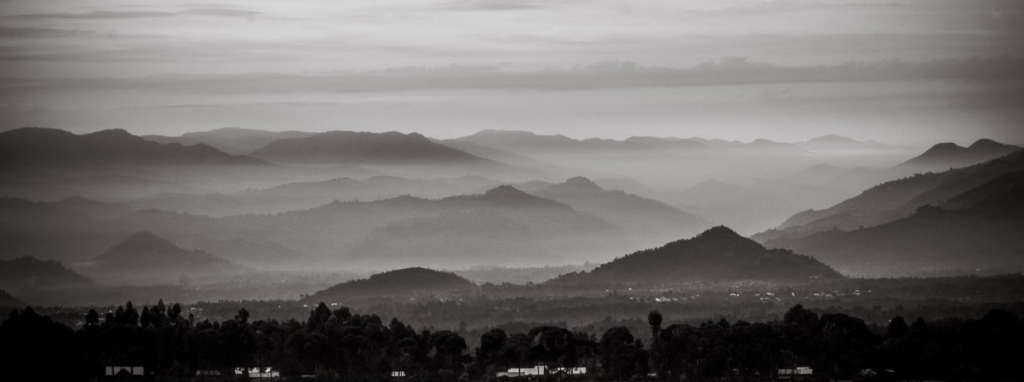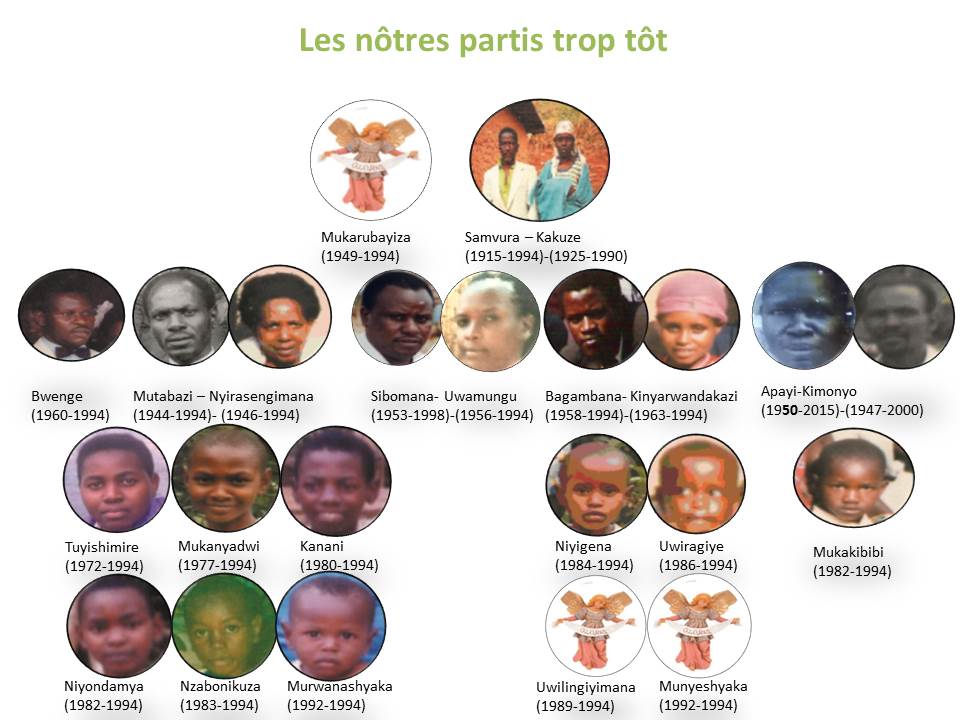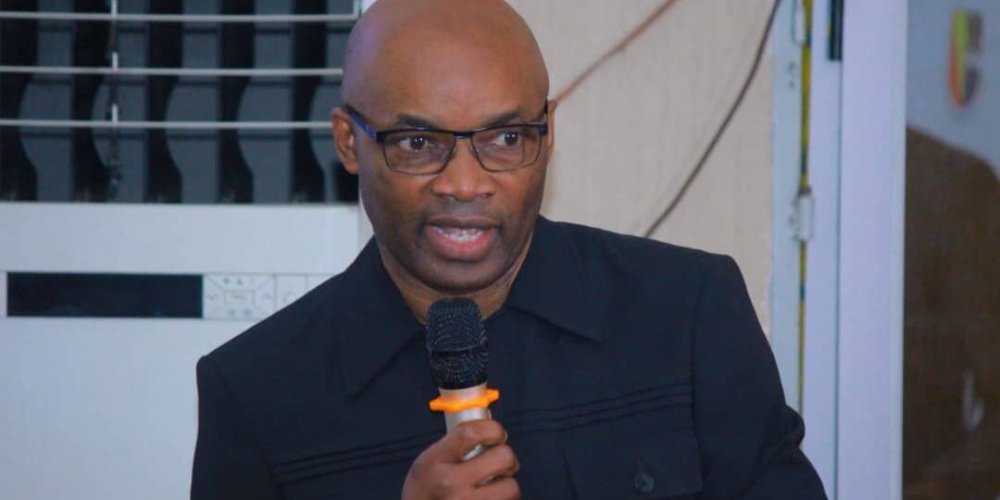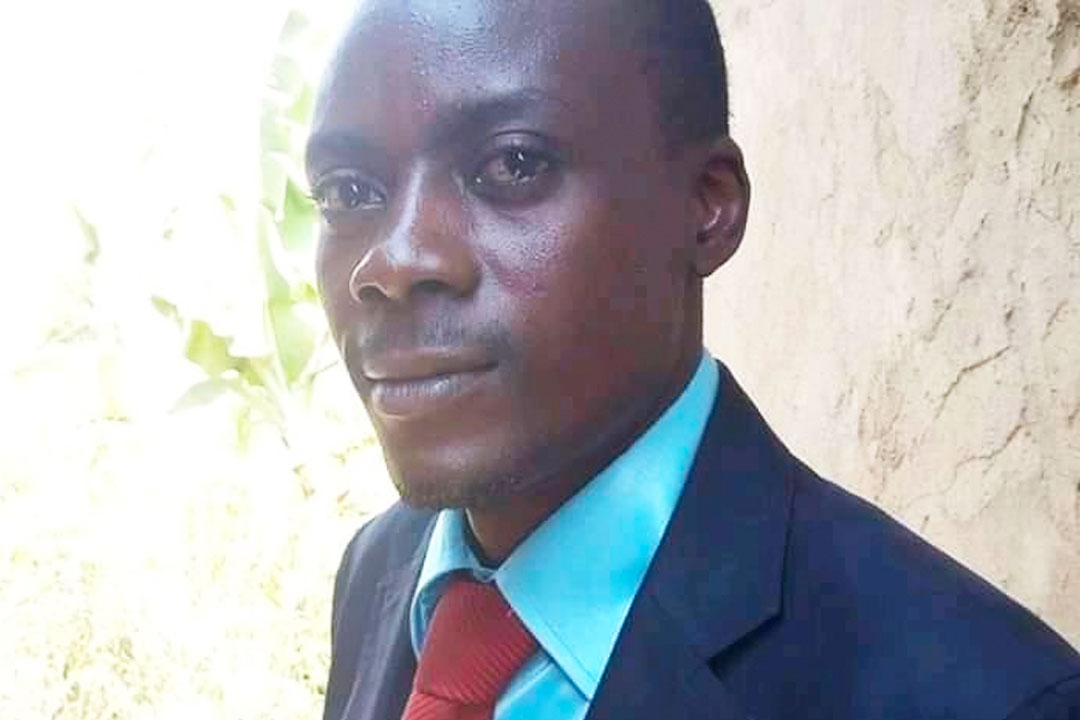25 years ago, the Samvura family lost 18 people, killed by soldiers of the Rwandan Patriotic Army (RPA). Théodore Mpatswenumugabo, the son of patriarch Samvura, tells us about the massacre that killed his family members. He also wishes to extend his testimony tribute to the other family members who died, direct or indirect victims of the tragic events that ravaged Rwanda from October 1st 1990.
Mathias Samvura, his children and grandchildren had fled the war and found refuge in the Turquoise humanitarian zone, secured by the French army. Believing that “the RPF’s military victory meant the end of the war and that, peaceful citizens could return to their hills and pursue their activities without fear“, they left the turquoise zone to return home to Gitarama, but never arrived at their destination.
The massacre of 29 July 1994
Theodore Mpatswenumugabo, who speaks on behalf of the family, was living abroad at the time of the genocide. After the war, the survivors in the family in Rwanda went on the trail of their loved ones and learnt about the circumstances in which they had perished.
They learnt that, on July 29, 1994, ten days after the Rwandan Patriotic Army unilaterally declared the end of the war in Rwanda, the Samvura family really believed that peace had returned to Rwanda. With confidence in a new democratic power, which the Rwandan Patriotic Front (RPF) had repeatedly claimed, the family rented a van from a certain Nyilimanzi, and embarked to return to their home in Rutobwe, in the former Gitarama prefecture.
When they reached Butare, family members and other occupants of the vehicle were arrested by soldiers of the No. 157 Battalion of the RPA, under the command of Fred Ibingira, assisted by Major Zigira, then Prefect of Butare, Captain Dan Gapfizi who was in charge of operations and Lieutenant Claude Kazungu who was in charge of screening people. There were many vehicles and the soldiers separated the Hutus from the Tutsis. The screening was carried out at the former office of the urban commune of Ngoma. People were then taken to a place called Kabutare where torture and massacre of the Hutus were systematic.
Noticing that it was the Hutus who were being targeted, the patriarch of the family, Mathias Samvura, called on the military: “I see that you only kill Hutus and as there are also Tutsis in my family (he was talking about his companion, his daughter-in-law and two children of family friends, who were with them), I ask you to spare them“. The soldiers would have probably let them live if had the Tutsi women not asked the soldiers “what will we do when you kill our remaining family when the other side of our families have been massacred by the Interahamwe?. The soldiers chose to kill everyone, except two children who were spared because they were Tutsi. They first tortured their victims with Kandoyi, a form of torture that the RPF brought back from Uganda, which consists of tying the victim’s hands and legs to their back so that the person is stretched like a bow, and as they screamed, they finished them off with shots.
The surviving family does not know where the bodies of their loved ones were disposed. It is likely that the bodies of the victims of Kabutare were burned.
The family has brought complaints in Rwanda and the ICTR, but neither of the two courts has taken any action.
The victims
Mathias Samvura (80 years old) the patriarch of the family and his partner Beatrice Mukarubayiza (50 years old)
For Theodore, his father Mathias Samvura marked his time. He was involved in Christian life and was one of the first Christians in the region. Baptized in Kabgayi, he contributed to the establishment of the Kamonyi, Kanyanza and Janja parishes and subsequently played a major role in the establishment and development of the Giko Community Centre. He also contributed to the awakening of the population in the 1950s and to the development of the emerging democracy. He was known to be a fair and upright man who could not tolerate injustices regardless of where it came from. As a result, many people turned to him for advice. In 1990 he lost his first wife, Kakuze Verena, and mother of his ten children of whom Theodore was the third. This death gravely affected him and the situation had improved when he got into a relationship with his new partner Beatrice, even though this respite was only for a short period of time.
André Mutabazi (son, 50 years old), his wife Dorocella Nyiransengimana (49 years old) and6 of their children:
Tuyishimire (22 years old), Mukanyandwi (17 years old), Kanani (14 years old), Niyondamya (12 years old), Nzabonikuza (11 years old) and Murwanashyaka (2 years old).
Theodore’s older brother, André Mutabazi, was the eldest of the siblings; he had followed in their father’s footsteps by honouring the expected role of the eldest child of a Rwandan family being the second-head in the family. He had an “open mind” that had marked those who knew him and was very rigorous. “These qualities had accompanied him in his various jobs, whether at the National Bank, foreign affairs or elsewhere,” says his younger brother. His wife Dorocella was well integrated into her in-laws’ family, to the point of being considered their second mother.
Some of their children were not with them and fortunately survived.
Augustin Bagambana (son, 36 years old), his wife Berthe Kinyarwandakazi (31 years old) and their 4 children:
Niyigena Berthilda (10 years old), Uwiragiye (8 years old), Uwilingiyimana (5 years old) and Munyeshyaka (2 years old)
After trying to work in the city, Augustin Bagambana had ended up preferring to work the land rather than work in the city. His brother tells us that he had become a model farmer. The couple’s eldest child Niyigena Berthilda, who was also killed that day, left memories to the surviving family of a brave little girl who, at just 10 years old, carried her cousin on her back in all their travels. This entire family was killed.
Mukakibibibi (the granddaughter- 12 years old)
Mukakibibibi, Theodore’s niece, was the eldest daughter of the second older brother, Kimonyo Félicien, and his wife Schola. They themselves escaped the mass murder because they were not with the rest of the family when it took place. Kimonyo Félicien later died from grief.
Philomena Uwamungu (daughter-in-law) and her husband François Sibomana
The couple was not killed with the rest of the family. Theodore’s sister-in-law, Philoména Uwamungu, a model teacher, had died of illness during the first weeks of exile. Her husband, Theodore’s little brother, François Sibomana, also a teacher, would later follow her, having been unable to accept life in exile.
Nicodème Bwenge (son, 34 years old)
Nicodème Bwenge, the youngest member of the family, had escaped the family’s collective killing because he was not with the rest of the family. He had returned to the family home which he had found deserted. Like the majority of Hutu intellectuals (he was an agronomist), the new power did not leave him in peace. He tried to escape and was murdered during his flight in 1994.
Theodore wanted to pay tribute to the other members of his family without being able to name all those who died in the tragic events in Rwanda. He had a special thought for those murdered under the pretext of fighting the abacengezi as well as for those who lost their lives, murdered by the Interahamwe.

“We keep hope that one day the memorial apartheid in our country will end.”
25 years later, the survivors of the Samvura family are on the path to self-building, a path they call “the long road to true peace“. Their wounds are still open, but they hope for healing “25 years after the assassination of our people, the grief, anger, resentment, hurt, and broken hearts are still with us. We aspire to heal, to recover, and to regain our emotional integrity”.
Nevertheless, it is a family resigned to not endure their suffering, “we are a surviving family thanks to our inner strength, our solidarity and our rejection of the role of passive victim. Today, we have regained the capacities of resilience, we live our lives well, without denial, without letting our wounds hold us back. We build ourselves materially, but above all, morally. And this is our best revenge on the murderers of our own”.
For the future, the family is conscious of the path that remains for them to follow, “It now remains for us to recover our capacities to live fully, to be in joy, to love. This will only be possible, however, when we are able to forgive, but without forgetting the poor executioners who took the lives of our people. We will be able to fully enjoy life, we will be able to sincerely feel true joy when we return to our family cradle in Nyarunyinya and Kasemujongi, the dry land nevertheless soaked in the blood of our own in Kabutare”.
For the Samvura family, justice for all victims is essential to soothe survivors. “We will be able to love in full consciousness, and we are working on it, when we have obtained justice and when our struggle for a Rwanda that is hospitable to all Rwandans, without exception, has been successful. And for reconciliation “we remain hopeful that sooner or later, all the victims of the murderous madness that decimated our country will be restored in their rights and that Justice will eventually prevail. This is one way to put an end to memorial apartheid in our country”.
Constance Mutimukeye
www.jambonews.net





